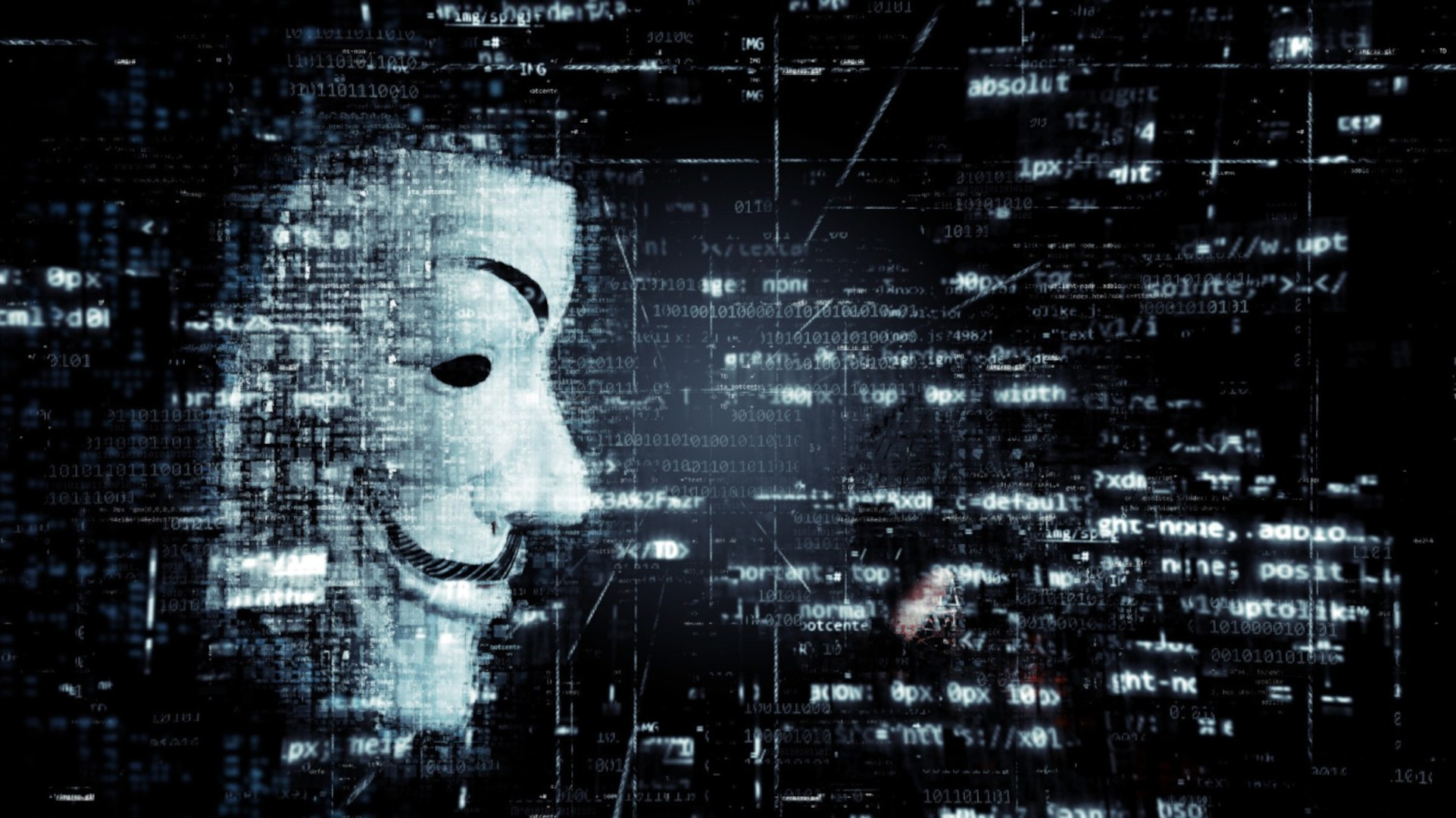Introduction
In the vast expanse of the internet, a hidden realm exists, known as the Dark Web. This digital underworld, notorious for its association with illegal activities, has become increasingly prominent as cyber attacks escalate and illicit actors worldwide seek swift connections with buyers of illegal goods and information. However, the Dark Web is not solely a hub for unlawful activities; it also serves legitimate purposes, providing a platform for anonymous communication, particularly in regions under authoritarian rule. This dichotomy makes the Dark Web a complex and intriguing aspect of the digital world.
The Dark Web - A Closer Look
The Dark Web, infamous and widely recognized, has gained prominence as cyber attacks intensify and malicious actors worldwide seek to connect more swiftly with buyers of illegal goods and information.
Initially, the Dark Web was utilized by the United States Department of Defense for anonymous communication. Its ability to keep activities anonymous persists, but it now shields malicious actors rather than innocent citizens.
The Dark Web serves as a marketplace for illegal drugs, identities, information (such as passwords, account numbers), weapons, and other unlawful physical materials and digital information. In the realm of cybersecurity, the Dark Web is a hub where Ransomware-as-a-Service kits and phishing methodologies are traded and utilized daily.
Types of Darknets
Darknets provide the means to access content on the Dark Web. Here are some common examples of available darknets:
- Tor (The Onion Router): An open-source toolset designed for anonymous communication. Tor sessions redirect traffic through a volunteer network of thousands of relays, concealing the originating location from network tracking and analysis tools.
- Zeronet: A decentralized network of peer-to-peer users leveraging Bitcoin private keys instead of IP addresses. The private key allows changes to propagate through the network.
- Tribler: An open-source BitTorrent client that enables anonymous peer-to-peer connections.
- Invisible Internet Project: An anonymous, peer-to-peer solution using over 50,000 volunteer computers to allow random routing paths through the network.
- Riffle: A network anonymity tool developed at MIT to address issues related to TOR functionality.
- GNUnet: A decentralized, peer-to-peer networking framework that operates over most common connection types and protocols (WiFi, Bluetooth, HTTP/S, TCP, and UDP). It allows for communication, encryption, and peer discovery.
Accessing the Dark Web
Accessing the Dark Web is akin to crossing an invisible line, a boundary that separates the known from the unknown, the visible from the invisible. This is done knowingly or unknowingly, depending on the user's awareness and intent. The Dark Web is accessed primarily through Tor, a free software that allows anonymous communication over a computer network. Tor, short for The Onion Router, uses multi-layered encryption, much like the layers of an onion, to conceal the identity of its users and their online activity. This encryption is what facilitates the anonymity that the Dark Web is known for.
Is it Illegal to Access the Dark Web?
While the Dark Web is nearly synonymous with illegal activity due to its association with illicit trade and cybercrime, it's important to note that it's not illegal to access the Dark Web itself. The Dark Web, much like the surface web, is simply a space where information resides. It's the nature of the activities carried out there that can be illegal. There are reputable brands, organizations, and companies that maintain sites accessible via the Dark Web. These entities use the Dark Web to ensure privacy and security for their operations and their users.
Uses for the Dark Web
The Dark Web is a double-edged sword. On one hand, it's used by cybercriminals as a marketplace to buy and sell illegal goods and services, coordinate attacks, distribute malware and phishing kits, and share other prebuilt exploits. On the other hand, it can also be used for legitimate purposes. Journalists, whistleblowers, and activists use the Dark Web to share sensitive information and communicate anonymously, especially in regions where free speech is suppressed.
Legitimate Uses for the Dark Web
In many authoritarian governments worldwide, the need for anonymous communication is paramount. For individuals living under such regimes, expressing dissent or sharing sensitive information can lead to severe repercussions. In such circumstances, it can often be safer for these individuals to use the Dark Web over a virtual private network (VPN). VPNs, while offering a degree of anonymity, can still be traced back to the user, whereas the Dark Web provides a higher level of security and anonymity.
Nefarious Uses for the Dark Web
The protections afforded to people looking to be anonymous for legitimate reasons also provide the same anonymity for cybercriminals and criminals operating in the real world who desire private communications. The Dark Web has become a haven for a wide range of illegal activities, including the sale of stolen data, illegal drugs, weapons, counterfeit currency, and even human trafficking. The anonymity provided by the Dark Web allows these activities to go largely undetected by law enforcement.
Difference Between the Deep Web and the Dark Web
The terms "Deep Web" and "Dark Web" are often used interchangeably, but they represent different parts of the internet. The difference between the deep web and the dark web is not necessarily the “findability” of information that exists on either, as both of these types of online information repositories feature data that is not indexed by search engines like Google or Bing. The Deep Web refers to all parts of the internet that are not indexed by search engines. This includes emails, private databases, and members-only websites. The Dark Web, on the other hand, is a subset of the Deep Web that can only be accessed with special software like Tor, and it's where most of the illegal activities associated with the non-indexed internet take place.
How to Protect Yourself from the Dark Web
In today's digital age, it can seem increasingly difficult to protect valuable assets and data from the reaches of threat actors. This is particularly true for enterprise organizations working with sensitive data in key sectors like healthcare, energy, and finance. To protect yourself from the Dark Web, it's important to maintain good cybersecurity habits. This includes using strong, unique passwords for all accounts, enabling two-factor authentication wherever possible, keeping software and devices updated, and being vigilant about suspicious emails and links. Additionally, monitoring your personal information for any signs of unauthorized activity can help detect if your data has been compromised and ended up on the Dark Web.
Gain Visibility into Hacker Communities
Cybercriminals often lurk in the dark corners of the internet, particularly on the Dark Web, to methodically coordinate their attacks, sell illicit goods, distribute malware and phishing kits, and share other prebuilt exploits. Gaining visibility into these hacker communities can provide valuable insights into emerging threats and tactics. This can be achieved through cybersecurity intelligence efforts that focus on these areas of the internet.
Get Early Warnings of Targeted Attacks
With proper monitoring resources, you can gain visibility into threat actors and their activities. This can provide early warnings of targeted attacks, allowing you to take proactive measures to protect your systems and data. Monitoring the Dark Web for mentions of your organization or personal information can alert you to potential threats before they materialize.
Discover New Hacking Tools and Ransomware Kits
The Dark Web is a hotbed for the development and distribution of new hacking tools and ransomware kits. By monitoring exclusive dark web forums and the private channels of threat actors, you can stay ahead of the curve by discovering these tools before they're used in an attack. This knowledge can help you bolster your defenses and prepare for new types of attacks.
Understand and Engage Your Adversaries
In the world of cybersecurity, understanding your adversaries is key to effective defense. It’s critical to use a Dark Web monitoring solution that can keep a continuous eye on your adversaries, tracking their activities, and understanding their tactics, techniques, and procedures. Some solutions even offer the ability to engage with threat actors, providing valuable opportunities for intelligence gathering and potentially disrupting planned attacks. However, such engagement should only be done by trained professionals to avoid escalating the situation or breaking the law.
Conclusion
The Dark Web, while infamous for its association with illegal activities, plays a crucial role in the digital landscape. It serves as a marketplace for both illicit and legitimate activities, highlighting the complexity of this hidden realm. As cyber threats continue to evolve, understanding the Dark Web’s workings becomes increasingly critical, particularly for organizations dealing with sensitive data. By gaining visibility into hacker communities, getting early warnings of targeted attacks, discovering new hacking tools, and understanding adversaries, we can better protect ourselves in this digital age. Despite its notoriety, the Dark Web underscores the importance of privacy, anonymity, and freedom in the digital world. It serves as a stark reminder of the internet’s dual nature, a tool for both good and ill, reflecting the complexities of our interconnected world.






